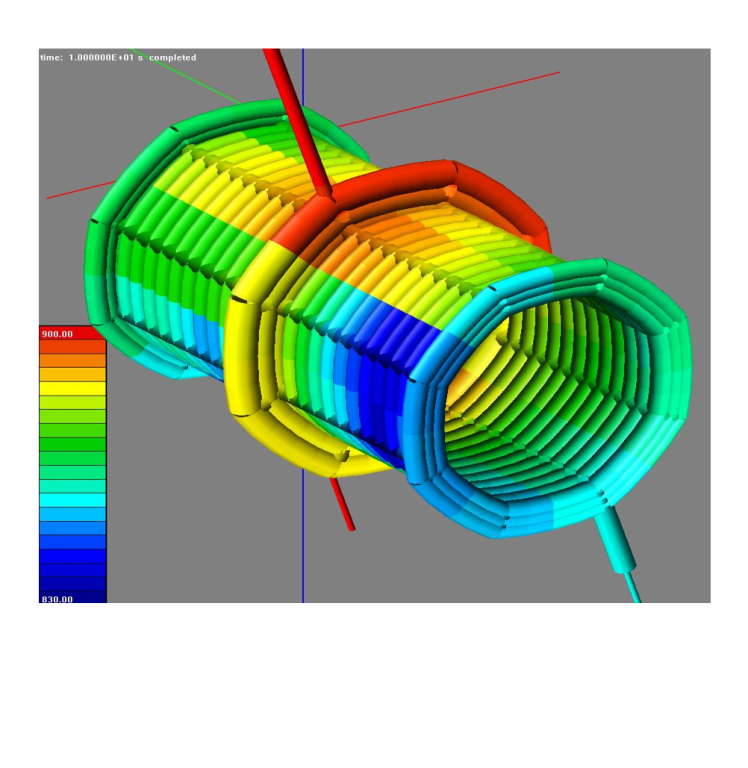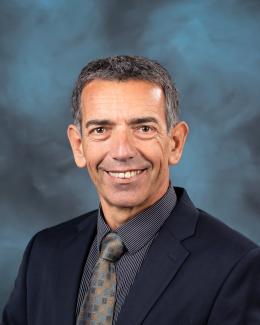
Problem Statement
Both computer codes can model steady state and transient conditions with boiling and condensing situations and can use a variety of coolants besides water: liquid fluoride salts and Freons (implemented by ORNL in the TRACE code), liquid metals, and other fluids.
Both codes can model 3-dimensional geometries.
Also the MELCOR code has been used to calculate pressure and temperatures in containments. The MELCOR code is primarily a severe-accident code but it can be used also as a containment code.
Applications
- Commercial nuclear reactors (both PWRs and BWRs) employing water as the coolant.
- Containment pressures and temperatures have been calculated in the US-APWR ( a 1700 MWe PWR reactor) after hypothetical LOCAs.
- The PKL III facility employing water with dissolved boron
- The High Flux Isotope Reactor (HFIR) employing water
- The Thermo-syphon Test Loop (TSTL) employing water
- The Orifice Flow Test Facility (OFTF) employing water
- Pipe breaks in the Tokamak Cooling Water System (TCWS) of the ITER employing water. Blowdown releases are calculated by the RELAP5-3D code and the resulting containment pressures and temperatures by the MELCOR code.
- NASA space reactor using liquid sodium, NaK, and Stirling engines with helium
- The GENESIS experiment employing Freon (R134A)
- The Advanced High Temperature Reactor (AHTR), the Small modular AHTR Reactor (SmAHTR), and the Fluoride High-Temperature Reactor (FHR) Demonstration Reactor (DR) employing liquid fluoride salts
- The Molten Salt Reactor Experiment (MSRE) using molten salt with liquid fuel.
- The ORNL Liquid Salt Test Loop (LSTL), using liquid salt with a heated pebble bed geometry
Benefits
Recent development activities at ORNL have extended the capabilities of TRACE over previous versions and over other codes. In addition to a wide variety of coolants, TRACE has an advanced dissolved boron model as well as an ability to model pebble bed geometry (recently implemented by ORNL) that can be used with fluoride salt reactors. Neither RELAP5-3D nor TRACE has liquid fuel kinetics - there are plans to implement point kinetics for liquid fuels in both codes.
Sponsors
DOE, NASA, NRC
Principal Investigators
Emilian Popov and Aaron Wysocki



